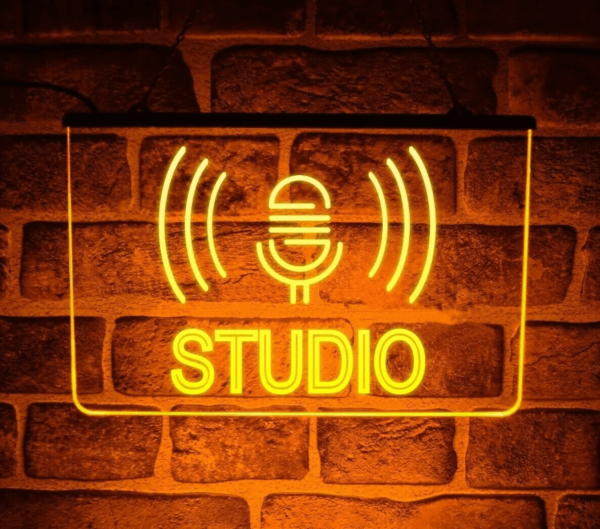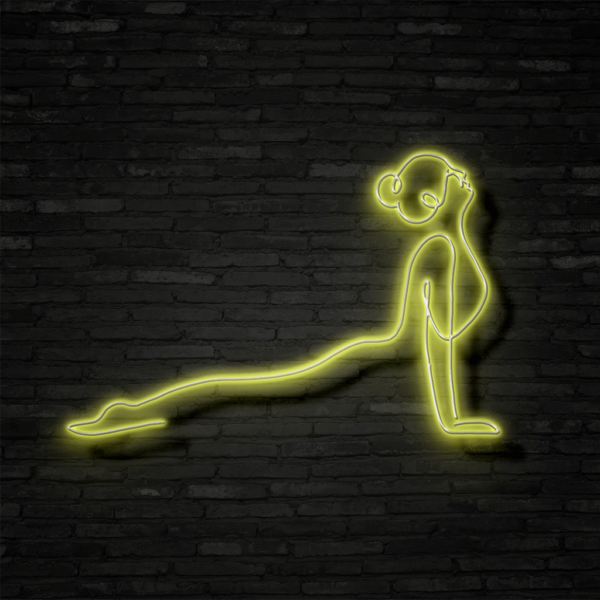
Is neon dangerous to human?
Neon is the fifth most abundant gas in the Earth's atmosphere, making up about 0.0018% of the air. One of the most popular uses of neon is in neon lights, which are created by passing electricity through neon gas, resulting in a vibrant glow. Neon lights find widespread application in advertising and signage due to their bright and eye-catching nature.
However, a question arises: is neon dangerous to humans? Let's explore the safety aspects of neon in detail.
The Safety of Inhaled Neon

In general, neon is considered non-toxic at normal temperature and pressure levels. Nevertheless, exposure to high concentrations of neon can pose potential harm to human health. Inhalation of excessive amounts of neon may lead to symptoms such as dizziness, headache, and nausea.
In extreme cases, it can even cause unconsciousness or be fatal. Various factors determine the level of harm associated with neon exposure, including concentration, duration, and individual health factors. To ensure the safety of workers, the Occupational Safety and Health Administration (OSHA) has established a permissible exposure limit (PEL) for neon.
According to OSHA standards, the concentration of neon in the air should not exceed 50 parts per million (ppm) over an eight-hour workday. This means that working continuously for eight hours in an environment with more than 50 ppm of neon gas can be hazardous without adequate breaks.
If you happen to be exposed to high concentrations of neon, it is crucial to seek fresh air immediately. Should any symptoms of exposure arise, such as dizziness, headache, or nausea, promptly seek medical attention to ensure your well-being.
Contact Hazards with Neon
Apart from inhalation risks, direct contact with neon can also be harmful to the skin and eyes. Liquid neon has the potential to cause frostbite upon contact, while exposure to the gas can irritate the eyes and respiratory tract.
To mitigate these risks, it is vital to take necessary precautions when handling neon. Always wear appropriate protective clothing, such as gloves and goggles, when working with neon gas or liquid forms. Moreover, avoiding inhalation of high concentrations of neon is crucial for personal safety.
Additional Safety Considerations
 While neon is not flammable, it does support combustion, which means it can facilitate fires. Therefore, caution should be exercised when using neon in environments where fire hazards are present.
While neon is not flammable, it does support combustion, which means it can facilitate fires. Therefore, caution should be exercised when using neon in environments where fire hazards are present.
Another important aspect to consider is that neon is an excellent conductor of electricity. Consequently, any contact between neon and electrical wires or other sources of electricity can result in dangerous situations. Proper insulation and adherence to electrical safety guidelines are imperative in order to prevent accidents.
Furthermore, neon is commonly utilized in the production of lasers. Lasers, if not handled correctly, can pose risks to human health. It is essential to follow proper laser safety protocols and guidelines to minimize any potential harm.
Conclusion
In conclusion, neon is generally safe when handled responsibly and with adequate precautions. While it poses little risk under normal conditions, high concentrations of neon can be harmful if inhaled. Furthermore, direct contact with neon can have detrimental effects on the skin and eyes. Awareness of the hazards and adherence to safety guidelines are key to ensuring your well-being when working with neon.
 Free Express Shipping
Free Express Shipping
 49% Off
49% Off
 12-Months Warranty
12-Months Warranty









